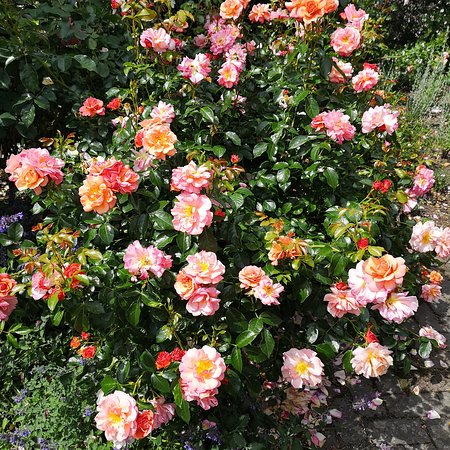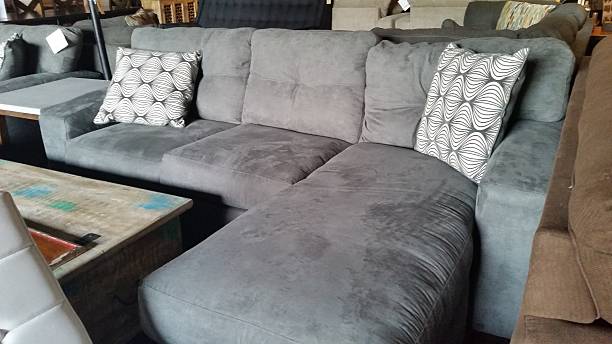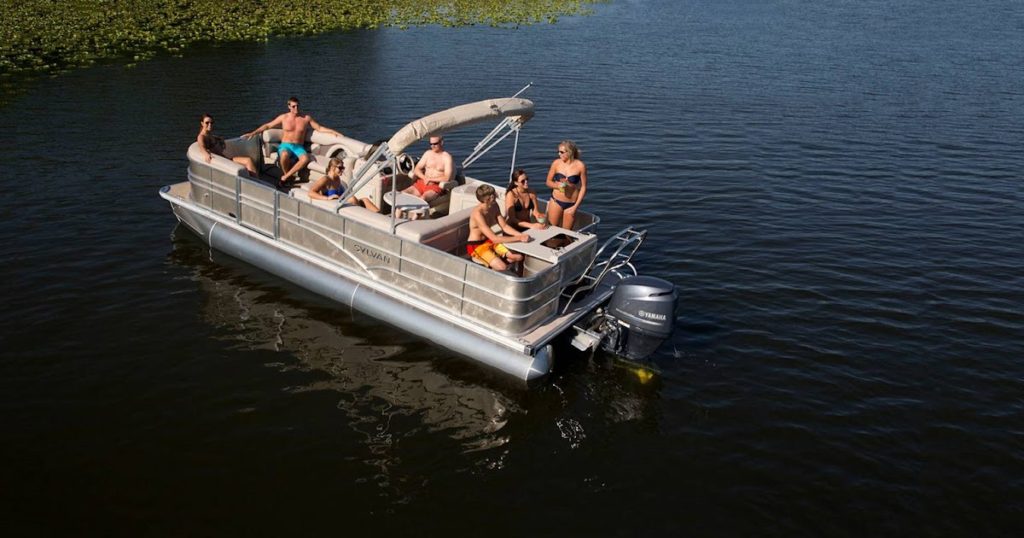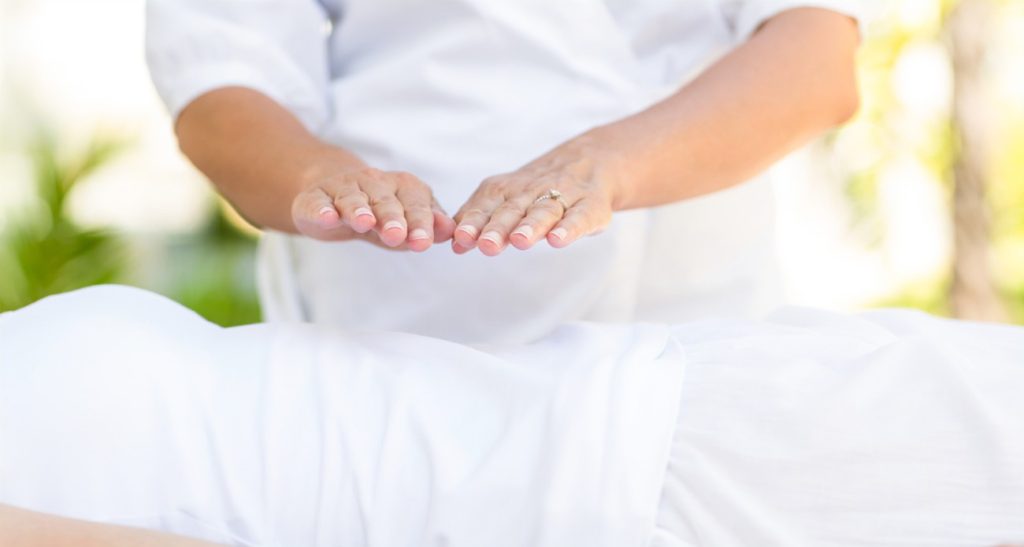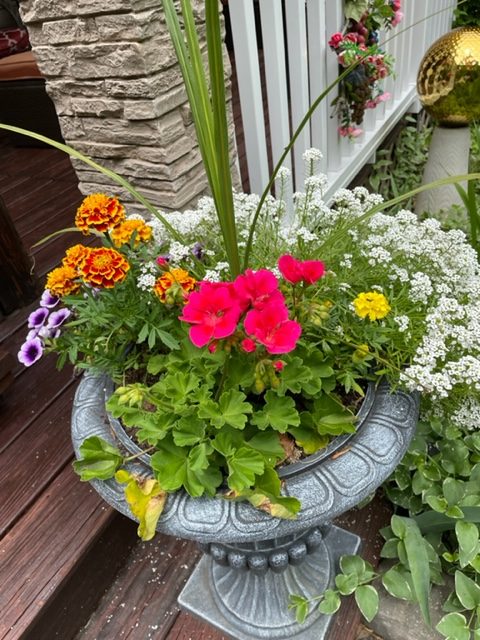
This question comes up all the time because human beings don’t want to believe in what they can’t see.
But energy healing is very real.
As a Reiki Master, I can tell you that I’ve seen the results in my patients for myself.
Still, even as many forms of Reiki as there are, there are many forms of energy healing . . . Reiki being one of them.
This is because energy healing is simply using the mind-body connection that already exists in everyone as a means of healing the energy we use to fix abnormalities in our bodies and even in our lives.
Our energy weakens as our thoughts weaken. Sadness, worry, stress, and all negative thoughts, emotions, and experiences cause this to be so. Unfortunately, our state of mind effects our bodies and everything around us. We wonder why things are going wrong all the time. This is why . . . truthfully. Whatever we’re thinking or feeling, the universe is responding in kind, so if we’re thinking about fear, then the universe sends us more to be afraid of.
If we’re worried about getting sick, then the universe sends us illness of some kind because we already asked for it. It doesn’t matter if we’re thinking we DON’T want something. The idea of simply thinking or worrying about it is telling the universe this is what we want.
And if those are the rules so many others have followed through the millennia, then those are the rules I’ll follow and have. So should you.
The key is to keep our energy as strong as possible so we can also keep our bodies and our life situations healthy and comfortable.
The energy healing traditions can be trace back through the centuries along many different lines – from the Chinese healing traditions dating back to the third millennium BC to the ancient Indian traditions which they call Prana . . . or breath of life.
Many people have heard the term, “Chi”, before simply because it’s most used on different television shows, but Chi is what the Chinese used to describe this same life energy that the Indians referred to as Prana.
So how do energy healers tap into this Chi . . . how to you?
Truth is, you already do simply because you’re breathing, walking, and working.
The trick is to control it so it either heals you or keeps you healthy enough to heal others, if that’s something you want to do. This healing can be for the body or life situation, believe it or not. I’ve done both and you can, too.
There are many places you can go to learn . . . many books you can read . . . many teachers you can subscribe to online.
One place I found online is a website called, “Energy Healing For Everyone.” Literally, anyone can go there and join in order to learn how to keep their own energy intact.
I’ll also share with you the one place I have been going to online for quite a while now. It’s called the BioEnergy Code and it something I believe in because it incorporates meditation, which I’ve been doing for almost 30 years.
And, if you’re looking for someone who can teach you and who lives close to where you do, then look online. There are more than you might think.
But I wanted you to also know of the other kinds of energy healing that are available today. Since there are so many, I’ll give you the top few according to Psy-Minds.
- Acupuncture – works to balance the Chi up and down the body
- Chakra Healing – works with the chakra system
- EFTY/Emotional Freedom Techniques – combines needle-free acupuncture with mind-body medicine.
- Polarity Therapy – based on the energetic principles of attraction, repulsion, neutrality.
- Quantum Touch – uses the practitioner’s breath to intensify the treatment.
Those are just a few that appeal to me, personally, but there are so many more you can easily find on your own.
The bottom line is just to take that first step in your own energy healing journey.
And trust . . . in the process . . . in the universe . . . and mostly in yourself.
You can do this!

